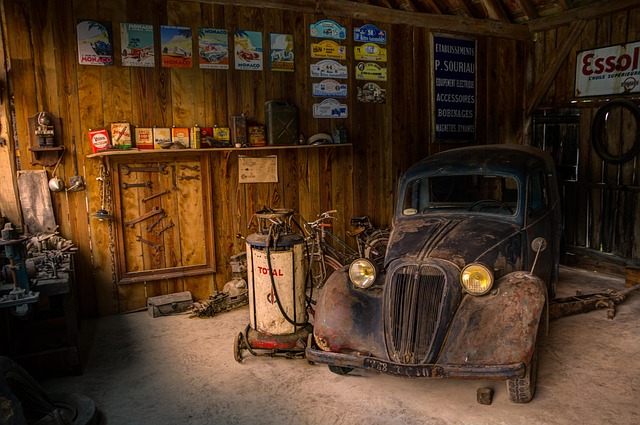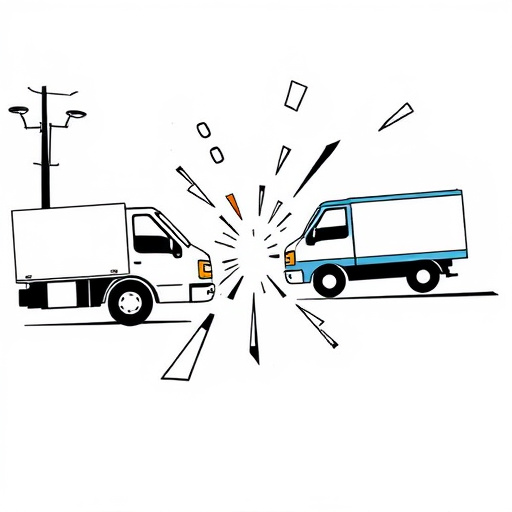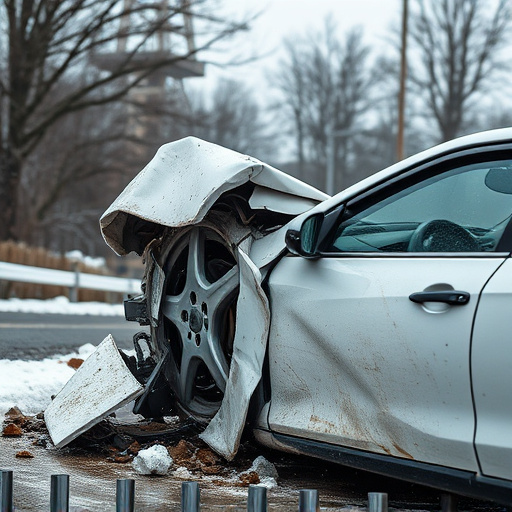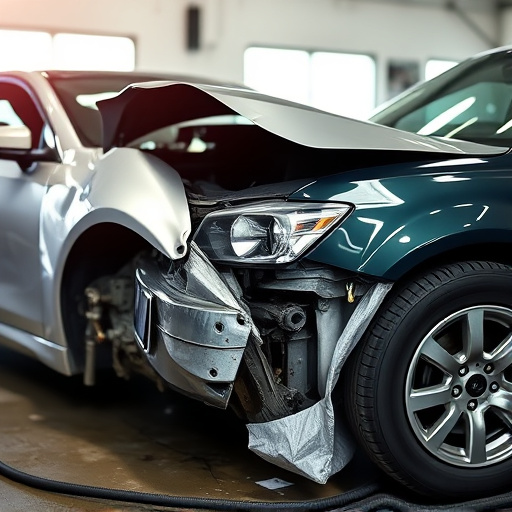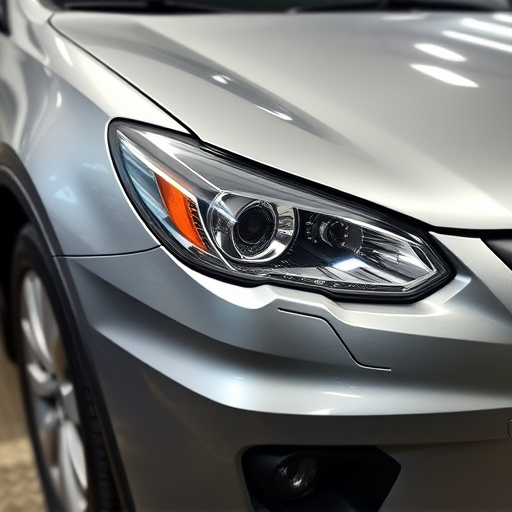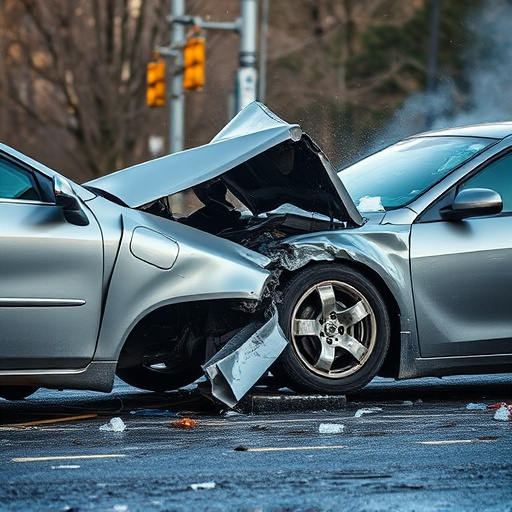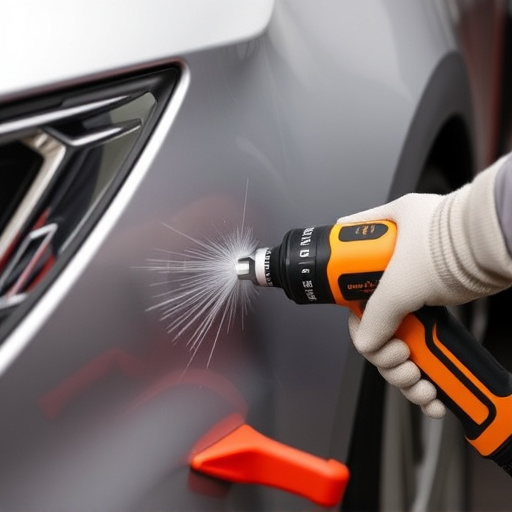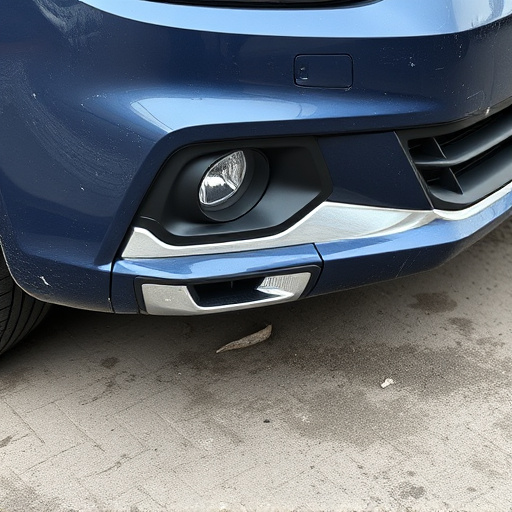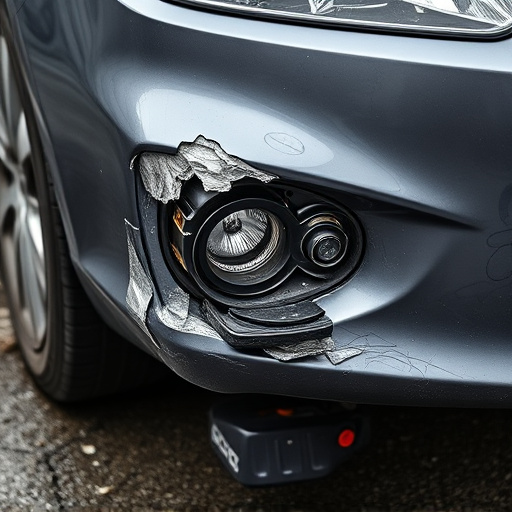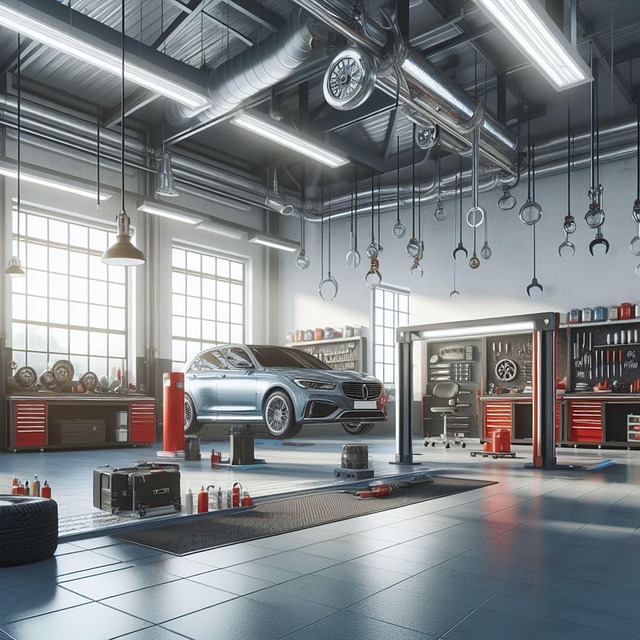A thorough alternator inspection after an accident involves visually assessing for impact signs, cracks, and damage to housing, connections, belts, and wiring. This process uncovers hidden issues and ensures safety. Technicians carefully disassemble and examine components, including pulleys, diodes, and bearings, while also assessing bodywork damage. Prompt action is crucial for hail damage or other local auto repairs. Performance tests follow the visual check, determining charging output, belt condition, and efficiency using diagnostic tools. This dual approach decides alternator replacement or repair after an accident.
After a collision, proper alternator inspection is crucial for ensuring your vehicle’s safety and performance. This comprehensive guide provides essential tips for assessing damage, disassembling components, and testing the alternator’s functionality post-accident. By following these expert recommendations, you’ll be able to make informed decisions about repairs, guaranteeing both reliability and peace of mind on the road. Learn how to effectively navigate an alternator inspection after a collision using these practical steps.
- Assessing Damage: Visual Inspection Tips
- Disassembly and Component Examination
- Testing and Performance Evaluation After Collision
Assessing Damage: Visual Inspection Tips
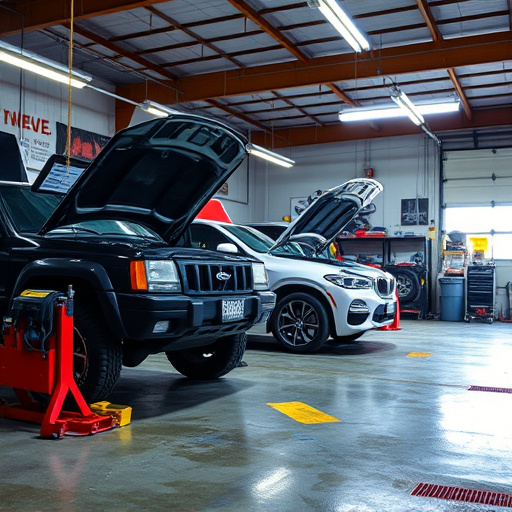
When conducting an alternator inspection after a collision, assessing damage through a thorough visual inspection is the first step. Look for any visible signs of impact on the alternator itself, as well as on connected components like belts and wiring. Cracks, dents, or deformations in the alternator’s housing or shaft could indicate structural integrity issues. Check for loose connections at the battery terminals and inspect the belt for slippage or damage—a sign that may require a replacement.
Additionally, assess the condition of nearby parts to get a complete picture. For instance, if there are extensive car dent removals around the alternator area, it could suggest a more severe collision. Similarly, in automotive restoration cases involving vehicle collision repair, examining the alternator alongside other components will help identify any hidden damage that might affect performance or safety.
Disassembly and Component Examination
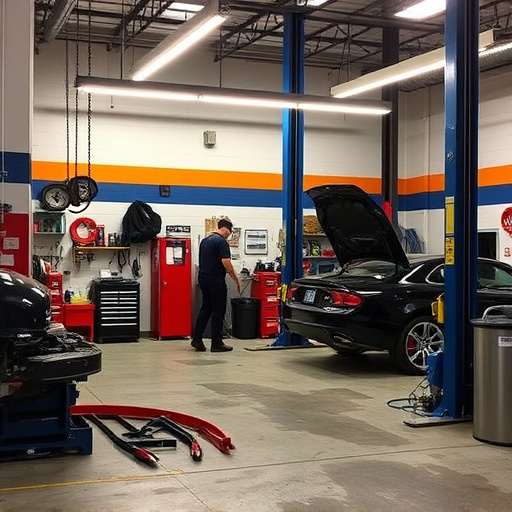
After a collision, the alternator inspection process involves careful disassembly and meticulous examination of each component. This step is crucial in identifying any damage or wear that might have occurred during the accident. Professionals at a car repair shop will start by carefully removing the alternator from the vehicle, taking note of how it was originally assembled. Every part, from the pulley to the rectifier, is inspected for cracks, dents, or misalignments—even slight ones could indicate potential problems.
The disassembly allows technicians in a collision repair shop to inspect internal components like diodes, windings, and bearings for any signs of damage or malfunction. It’s important to note that during this process, they also verify the condition of the mounting bolts and brackets, ensuring they remain secure and undamaged. This level of scrutiny ensures that not only is the alternator in good working order after an accident but that any related car bodywork issues are also addressed promptly.
Testing and Performance Evaluation After Collision
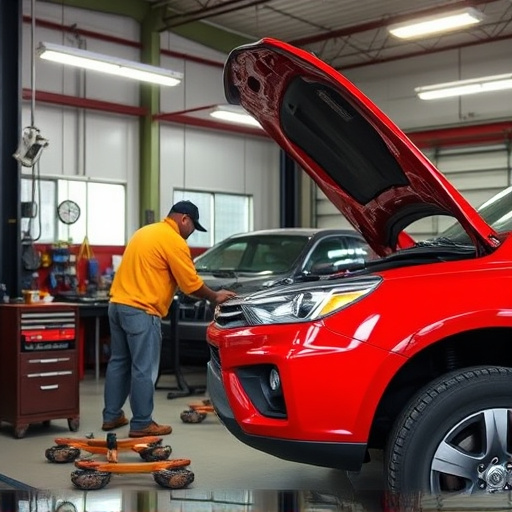
After a collision, a thorough alternator inspection is crucial to ensure safe and reliable vehicle operation. The first step in this process involves a detailed visual assessment to identify any visible damage or signs of wear. This includes checking for cracks, corrosion, or misalignment, as these could indicate potential issues with the alternator’s functionality. If hail damage repair or other forms of auto repair near me are required, it’s essential to address them promptly to prevent further complications.
Once the initial inspection is complete, the next step is to perform a series of tests to evaluate the alternator’s performance. This can include checking the charging output, belt condition, and the overall efficiency of the alternator. Vehicle repair services that specialize in alternator inspections will often use advanced diagnostic tools to ensure accurate readings and identify any subtle issues that might be missed during a visual check. By combining these methods, technicians can confidently assess whether the alternator needs replacement or if it’s a viable candidate for repair after the collision.
Following a collision, a thorough alternator inspection is crucial for ensuring optimal vehicle performance post-repair. By assessing damage through visual inspections, disassembling components, and evaluating performance, you can accurately gauge the alternator’s condition and make informed decisions. Remember, proper alternator maintenance not only enhances your vehicle’s reliability but also contributes to safer driving in the event of future accidents. Implement these expert tips for a comprehensive alternator inspection after an accident to get back on the road with peace of mind.

